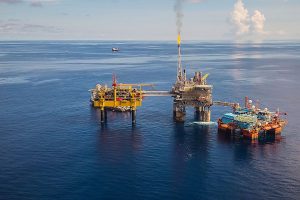THE Philippines’ gas power projects in development are among the drivers of Southeast Asia’s gas industry expansion, according to US energy think tank Global Energy Monitor (GEM).
“Vietnam, the Philippines, Indonesia, Malaysia, and Thailand are at the forefront of this push, with over 100 gigawatts (GW) of gas power capacity in development, 47 million tons per annum (mtpa) of LNG import capacity in development, and 16.7 mtpa of LNG export capacity in development,” GEM said in a report released Thursday.
The report said that current gas expansion plans could lead to “a doubling of Southeast Asia’s gas-fired power capacity and an 80% increase in its liquefied natural gas (LNG) import capacity.”
The Philippines has over 25 GW of gas power capacity in development, according to the report. Of the total, two GW have entered the construction phase.
The Philippines also has 21 mtpa of LNG import capacity in development, with approximately seven mtpa already under construction.
“Like Vietnam, the Philippines also considers LNG a crucial ingredient for its energy transition,” the report read.
Under the Philippine Energy Plan 2020-2040, the Department of Energy aims to facilitate LNG imports as the Malampaya gas field, the country’s sole commercial natural gas source, is expected to be depleted by 2027.
In 2023, the Philippines commissioned its first two LNG import terminals — Linseed Field Corp.’s LNG terminal and FGEN LNG Corp.’s LNG terminal, both in Batangas.
In a statement, GEM said that massively expanding gas-fired power and LNG import and export “could lock the region into an economically volatile and insecure fuel and draw investment away from the energy transition.”
“Energy demand is increasing across Southeast Asia as economies grow, but ramping up gas production is not a long-term solution,” Warda Ajaz, project manager for Asia Gas Tracker at GEM.
“Meeting demand with cost-effective, renewable sources insulates the region from volatile gas prices and is a greener path forward,” she added.
GEM said that international finance could support the development of solar and wind projects and the stability of the regional power grid instead of incentivizing the development of gas infrastructure. — Sheldeen Joy Talavera
